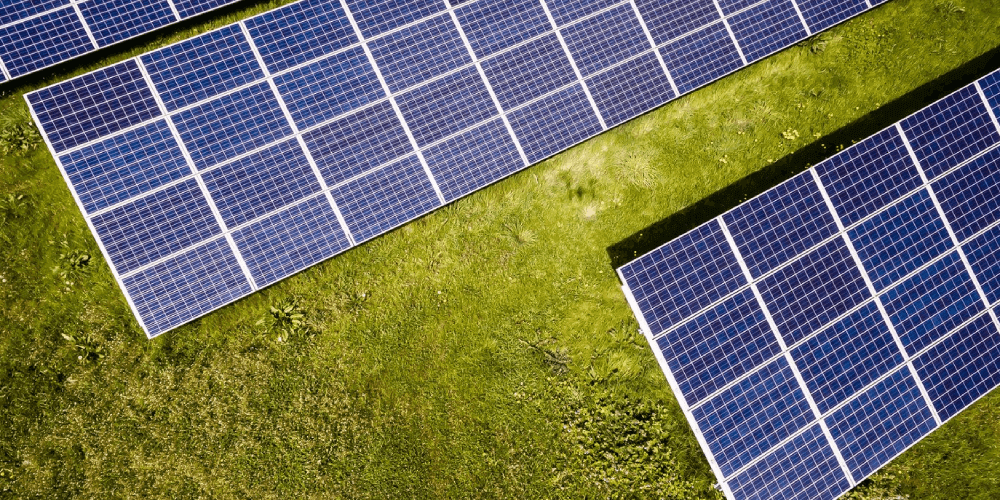The contribution of NCRE sources has increased rapidly in recent years, thanks to the start-up of new projects. In 2013, these sources accounted for 6% of the matrix and are expected to reach up to 18% this year.

Non-conventional renewable energies (NCRE) continue to gain ground in Chile’s electricity system. Figures for their contribution have risen constantly in the past few years, with peaks of over 40% during several hours of the day and an accumulated average of 17.6% in October.
However, the most important data has to do with the milestone that occurred in September and October when, for the first time, the average contribution of renewables to electricity supply exceeded 20% for two consecutive months, reaching 20.8% and 21.8% respectively.
In October, NCRE sources represented a contribution of 1,381 GWh, led by solar plants (8.6%) and wind plants (6.8%), while the contribution of thermal generators dropped, displaced by hydroelectric plants, which accounted for 39% of supply.
These figures were highlighted by the Chilean Association of Renewable Energies and Storage (ACERA), which indicated that, today, the biggest challenge for the industry is the solution of transmission bottlenecks.
“The participation of NCRE in the last two months exceeded 30% for more than 10% of the time and even reached values of over 40%. This shows that Chile’s electricity system has sufficient flexibility to incorporate renewable resources, but there are projects that are necessary in order to aspire to higher levels that would make it possible to reach even 100%,” says ACERA’s director, Carlos Finat.
However, the figure is expected to continue increasing and, according to ACERA, could reach over 18% by the end of the year, while compliance with the legal annual target of 20% is expected to occur in 2020, five years ahead of schedule.
This forecast reflects the fact that no large conventional energy projects are expected to come on line in the short term. In addition, the government, together with the generators, is promoting decarbonization. In 2019, they will define a timeline for the withdrawal of the thermoelectric plants that exist around the country, making more room for sources of other types.
Along with this, the industry is looking closely at the regulatory decisions that must be taken in the short term when the government begins discussion of key bills for the sector, such as the transmission law, which would begin its approval process in 2019.
It is important to note that Chile has the world’s best solar radiation, with 4,000 hours of sun a year in the north of the country, as well as great wind potential, with farms in operation in the Antofagasta, Coquimbo, Biobío and Los Lagos Regions.
Chile is seeking to boost investment in the electricity sector with a view to diversifying its sources of generation. The goal is to achieve a matrix of which 70% corresponds to sustainable sources by 2050.
Would you like to know more about investment opportunities in the energy sector? See this article.
Sources: El Mercurio and InvestChile



%2017.11.51.png)

